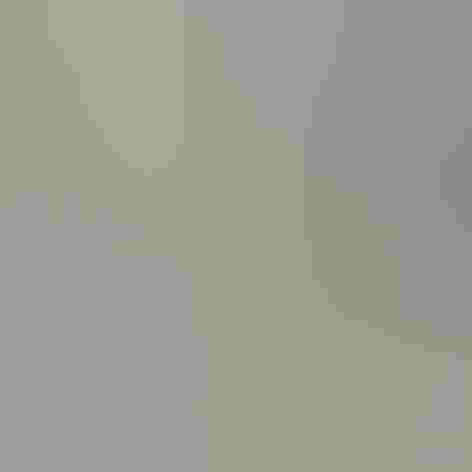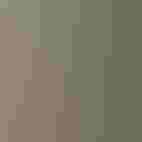American Tree Sparrow
At a Glance
This sparrow nests and winters farther north than any of its close relatives. Despite the name, it is not particularly associated with trees, and many of its nesting areas are on the tundra north of treeline. In winter in the northern states, flocks of Tree Sparrows are common in open country. They often come to bird feeders with Dark-eyed Juncos and other birds. Males may begin singing their musical songs in late winter, before they start their northward migration.
All bird guide text and rangemaps adapted from Lives of North American Birds by Kenn Kaufman© 1996, used by permission of Houghton Mifflin Harcourt Publishing Company. All rights reserved.
Category
New World Sparrows, Perching Birds
IUCN Status
Least Concern
Habitat
Coasts and Shorelines, Fields, Meadows, and Grasslands, Forests and Woodlands, Freshwater Wetlands, Shrublands, Savannas, and Thickets, Tundra and Boreal Habitats, Urban and Suburban Habitats
Region
Alaska and The North, California, Eastern Canada, Great Lakes, Mid Atlantic, New England, Northwest, Plains, Rocky Mountains, Southeast, Southwest, Texas, Western Canada
Behavior
Direct Flight, Rapid Wingbeats, Undulating
Population
26.000.000
Range & Identification
Migration & Range Maps
All wintering areas are well to the south of breeding areas. Migrates relatively late in fall and early in spring. Apparently migrates mainly at night. On average, females winter somewhat farther south than males.
Description
5 1/2-6 1/2" (14-17 cm). Rusty cap, two-toned bill, dark chest spot, two white wing-bars. Compare to other reddish-capped species, such as Chipping and Field Sparrows. Swamp Sparrow is chunky, more secretive, lacks white wing-bars.
Size
About the size of a Robin, About the size of a Sparrow
Color
Black, Brown, Gray, Red, White
Wing Shape
Broad
Tail Shape
Notched, Square-tipped
Songs and Calls
1 or 2 clear notes followed by a sweet, rapid warble. Winter feeding call a silvery tsee-ler.
Call Pattern
Falling
Call Type
Chirp/Chip, Whistle
Habitat
Arctic scrub, willow thickets; in winter, brushy roadsides, weedy edges, marshes. In summer most common near treeline, where northern forest gives way to tundra. May be in openings in stunted spruce forest, or on open tundra if a few taller shrubs are present. In winter in open fields, woodland edges, marshes, suburban areas.
Sign up for Audubon's newsletter to learn more about birds like the American Tree Sparrow
Behavior
Eggs
4-6, usually 5. Pale bluish or greenish, with brownish spotting often concentrated at larger end. Incubation is by female, 11-13 days; male visits nest often, but does not incubate.
Young
Both parents feed nestlings. Young leave nest at age 8-10 days, when flight feathers not yet fully grown. Parents may lure them away from nest by offering food. Young are able to fly at about 14-15 days after hatching; parents continue to feed them for about 2 more weeks. 1 brood per season, but may attempt to renest if 1st attempt fails.
Feeding Behavior
Forages on ground or in low bushes, sometimes in trees up to 30' or more above ground. Except when nesting, usually forages in small flocks.
Diet
Seeds and insects. Diet in winter is almost entirely seeds, from grasses, weeds, and other plants; also a few insects and berries. In summer eats mostly insects and other small invertebrates, plus a few seeds. Young are fed mostly insects.
Nesting
Pairs form shortly after birds arrive on breeding grounds. Male actively defends territory, chasing away other members of same species. Nest site is on or near ground, in grass clumps beneath shrubs. Sometimes on hummock in open tundra; rarely up to 4' above ground in willow or spruce. Nest is an open cup of twigs, grasses, moss, lined with fine grass and with feathers (usually ptarmigan feathers). Female builds nest in about 7 days.
Conservation
Conservation Status
Abundant and widespread. Most nesting areas are remote from human disturbance. Wintering numbers in some areas are thought to have declined, but no evidence of decrease in total population
Climate Threats Facing the American Tree Sparrow
Choose a temperature scenario below to see which threats will affect this species as warming increases. The same climate change-driven threats that put birds at risk will affect other wildlife and people, too.




